Run the Bahamas Half? Yes, mama!
By Karen Kwan
After racing the Cayman half-marathon in early December 2015 (I’ll be reporting on that later this year in iRun), I took most of the rest of the year off, and started 2016 with some short runs. I haven’t yet decided what distance and goal race I’ll tackle this spring, and as such wasn’t very committed to training when the new year arrived. But then with 10 days notice, I received an invite to run the Bahamas Marathon. And how could I say no? I’d never been to the Bahamas, the warm temperatures would be a nice break from Toronto’s winter, and I’d get a chance to race another tropical destination race. So on January 15th I flew down to Nassau to take on the Bahamas Half.
I arrived midday Friday, and the schedule leading up to the race was low key. It largely involved much eating, which as you know isn’t how one should prep for a race (yes, you should fuel, but on whole grains and healthy, wholesome foods while hydrating well, and certainly not on heavy macaroni pie and drinking Bahama Mamas!). But I didn’t stress about it as I was planning on treating the race as a training run given I hadn’t been intensely training in the past month.
The expo for the race took place outdoors and with soca and reggae blaring, there was a fun vibe and a handful of booths promoting causes and selling running apparel. It was far smaller than your typical expo that takes place in a convention centre, but definitely more cheerful.
The race start time was 6 a.m. on Sunday, January 17th, and our driver picked us up at the RIU Palace in Paradise Island (where they have 24-room service, so I was able to order some toast and peanut butter for my pre-race breakfast) and dropped us off at the start by 5:40 a.m. My usual routine is to use a portapotty one last time before getting into the starting chute, but there wasn’t a single one in sight in the starting area. One business establishment was allowing runners to use their washroom but the line was at least 50 people long, so I decided to skip going to the washroom.
With five minutes to the start, it started to rain. Not just sprinkle or drizzle but rain quite heavily. And I thought how miserable this would make the race. After the Bahamas anthem was sung, the race started right on time. And I, along with about 1,000 runners, started our half and full marathons. About 10 minutes into the race, the rain subsided although it would rain lightly sporadically through the first half of the race. And ironically, given I had been dreading the rain, I was quickly wishing it would rain harder because it would cool me off from the humidity and 24C temp.
As I’d been told, the route is mostly flat, except for crossing the bridge into Paradise Island, and taking the bridge beside it back over to Nassau. You encounter the first bridge at about the 3k mark. These bridges call for some seriously strong hill training (and hills have never been my strength). I ran most of the first bridge, and for the second bridge, since I wasn’t aiming to PB, I walked most of the uphill portion.
The route is mostly pleasant, through neighbourhoods at first, and the last 9k or so going out and back along the beach. Since it was cloudy, we weren’t blessed with a beautiful sunrise during the race, but it was still lovely to run with a view of the ocean. Water stations seemed to be at every 2 to 3k and they were manned with a handful of volunteers who were super helpful but with so few of them, they often had to go grab another cup once a runner grabbed the one they offered, so I often ran up directly to the table to take the cup myself.
I must admit that there is little local cheering support along the route. When the lovely Anita from the Ministry of Tourism spotted me at the 10k mark and cheered for me, it was just the boost I needed, and I just wish more of the locals had come out early to cheer on us runners. Entertainment-wise, that, too, was meager; I believe there were maybe three spots where music was being blasted on speakers. That said, what was being played made my day: I didn’t realize it at first listen, but when I paid attention, I noticed that the reggae song being played was about the marathon! It has lyrics about the distance being long, and to keep going; it’s actually a great song, and I give major kudos to the Bahamas race organizers for it. (I need to get a copy!)
Given the heat and my lack of training and zero intention of PBing, I actually stopped to drink water every kilometre because I was just taking it as easy as possible. And so it ended up being one of my slowest halfs ever (in fact, it’s slower than my typical pace for a training run). But my focus was truly just to take in the race comfortably. It is such a nice and relaxing change to not be pressuring yourself for a PB. Crossing the finish line felt great and there was a fantastic marching band playing there.
Making up for the quiet course in this race, though? The race finished at Arawak Cay and they had a handful of beach chairs and all of the runners pulled off their shoes and socks and went to walk in the refreshing water. I actually ran right into the water and it felt incredible given the hot weather.
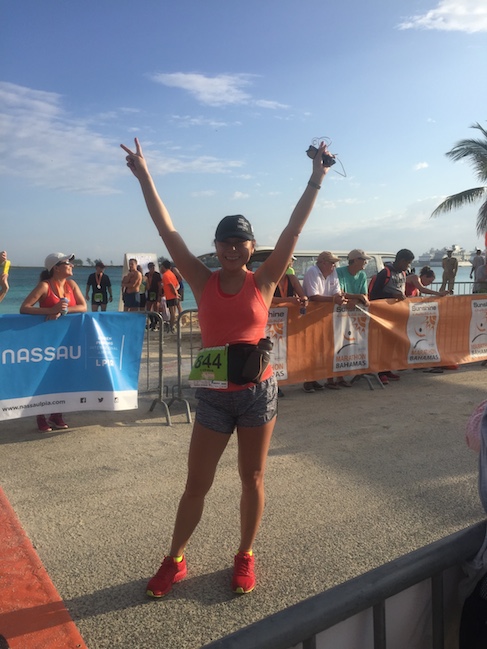
My first race of the year is in the books, now to continue training for spring races!





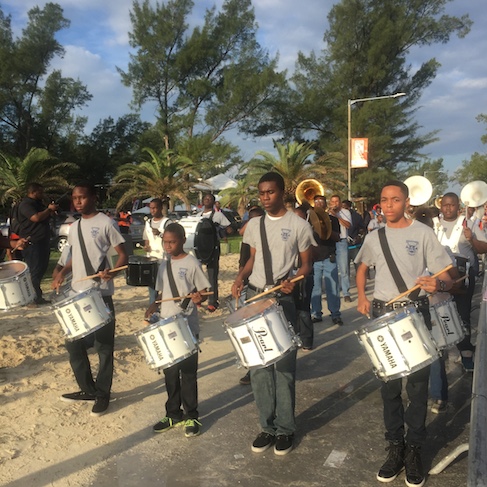


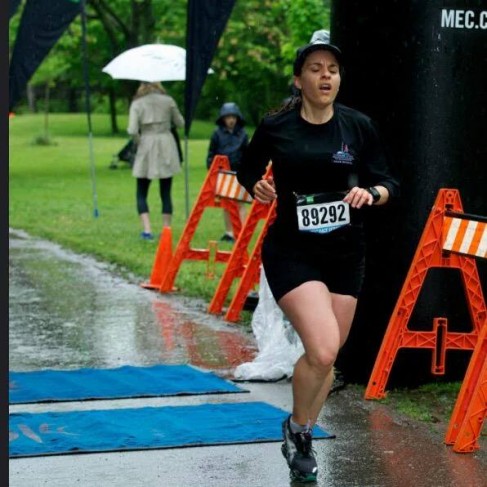



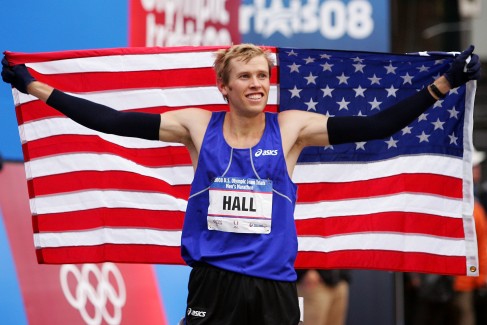

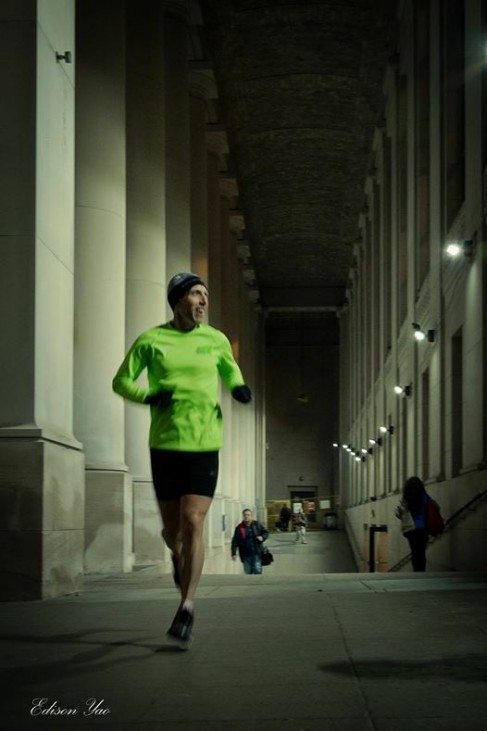

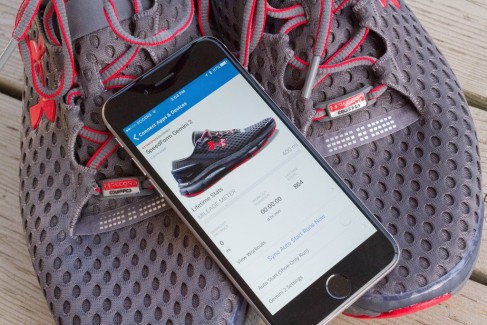

 Our Magazine
Our Magazine
